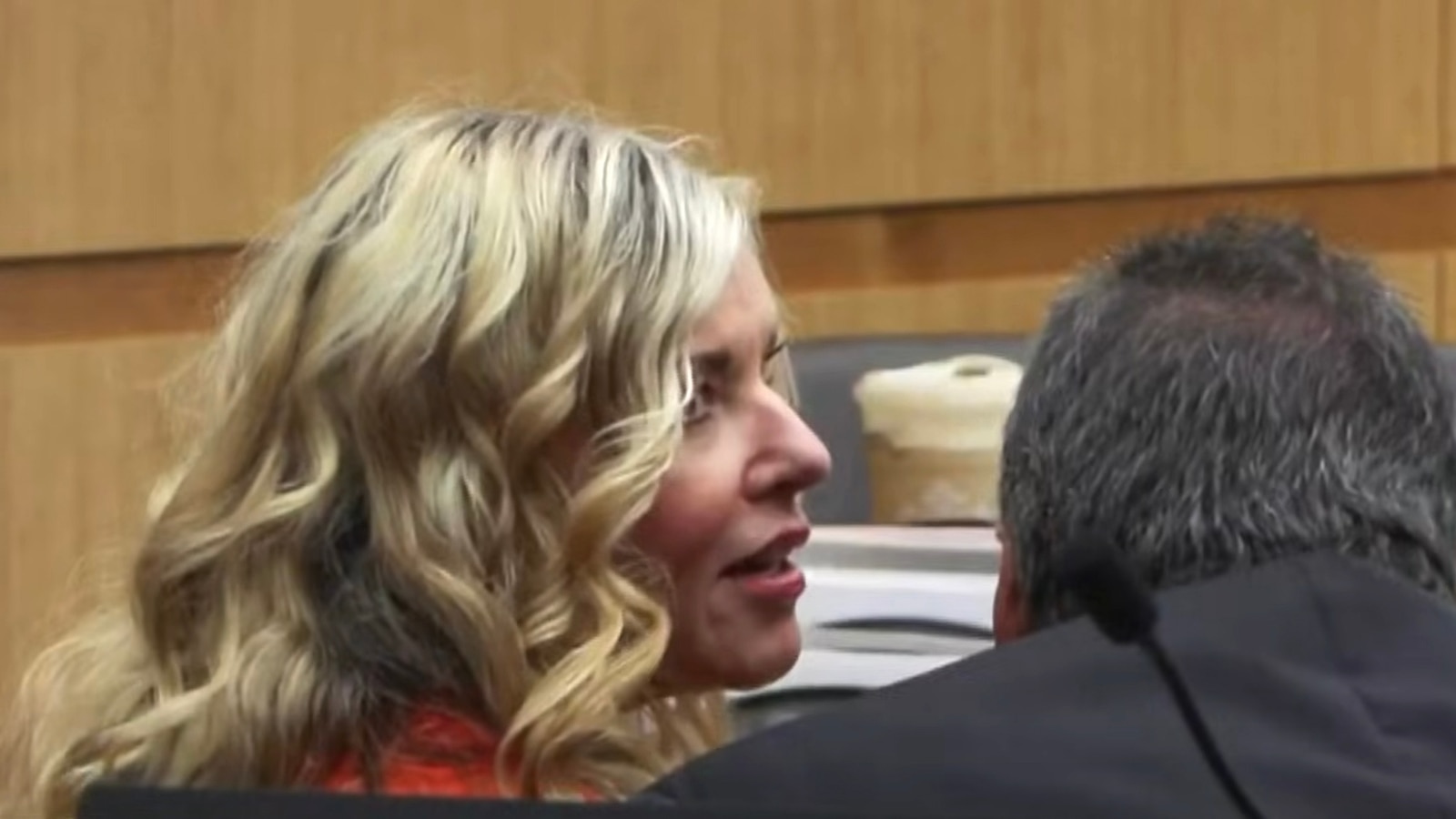What Happened
On June 14, 2025, a series of nationwide protests known as the “No Kings” demonstrations took place across the United States, coinciding with President Donald Trump’s military parade in Washington, D.C. The protests were largely organized in response to the Trump administration’s immigration policies, particularly recent Immigration and Customs Enforcement (ICE) raids in Los Angeles, which have sparked significant public outrage. Demonstrators gathered in cities including Los Angeles, Philadelphia, Chicago, Houston, and Atlanta, with organizers estimating over 1,900 events across the country. The protests were characterized by a mix of patriotic themes, calls for the protection of democracy, and expressions of dissent against what many participants viewed as authoritarian governance.
In Los Angeles, the protests reached a peak, with authorities preparing for what they described as potentially unprecedented turnout. Demonstrators expressed their opposition to the administration’s immigration enforcement actions, which have led to heightened fears within immigrant communities. The protests in Los Angeles were particularly intense, with some clashes reported between protesters and law enforcement, leading to the deployment of National Guard troops and Marines to maintain order. In other cities, the demonstrations remained largely peaceful, with participants advocating for nonviolent protest and community solidarity.
Key Details
- Date of Protests: June 14, 2025.
- Locations: Protests occurred in over 1,900 cities and towns, including major urban centers like Los Angeles, Philadelphia, Chicago, and Atlanta.
- Key Issues: The protests were primarily aimed at opposing Trump’s immigration policies, military mobilization, and perceived authoritarianism.
- Notable Incidents:
- In Los Angeles, a curfew was imposed due to ongoing protests, leading to arrests for curfew violations and other offenses.
- In Atlanta, police deployed tear gas against protesters in a heavily Hispanic neighborhood.
- In Minnesota, all planned protests were canceled following a violent incident involving the assassination of a Democratic lawmaker.
- Public Response: Many demonstrators carried American flags and chanted slogans calling for the end of Trump’s presidency, while some expressed solidarity with law enforcement by handing out flowers.
Multiple Perspectives
The “No Kings” protests drew a wide array of participants, each with their own motivations and perspectives. Supporters of the protests argue that they are a necessary response to what they see as an erosion of democratic norms and civil rights under the Trump administration. For instance, U.S. Rep. LaMonica McIver, who has faced federal charges related to her activism, emphasized the importance of standing up for democracy and civil rights.
Conversely, critics of the protests, including some government officials, have framed the demonstrations as disruptive and have warned of potential violence. The Los Angeles Police Department and other law enforcement agencies have expressed concerns about maintaining public order, particularly in light of recent violent incidents linked to the protests. Some officials have characterized the protests as insurrectionist, while others have called for peaceful engagement and dialogue.
Context & Background
The “No Kings” protests are situated within a broader context of civil unrest and political polarization in the United States. The protests were sparked by a series of controversial immigration enforcement actions by the Trump administration, which have disproportionately affected immigrant communities. The recent ICE raids in Los Angeles have heightened fears among undocumented immigrants and their families, leading to widespread community mobilization.
The protests also coincide with a significant moment in U.S. history, as they reflect growing discontent with the current administration’s policies and governance style. The military parade, held on the same day as the protests, was viewed by many as a display of power that further fueled dissent among those who feel marginalized by the administration’s actions.
What We Don’t Know Yet
As the situation continues to develop, several uncertainties remain. The full impact of the protests on public sentiment and policy is yet to be determined, particularly in relation to immigration enforcement and community relations with law enforcement. Additionally, investigations into the violent incidents associated with the protests, including the assassination of a state lawmaker in Minnesota, are ongoing, and further details may emerge that could influence public perception and response.
Furthermore, the legal implications of the protests, especially regarding the involvement of National Guard and military personnel in domestic law enforcement, are still being assessed. The balance between maintaining public order and protecting First Amendment rights remains a contentious issue, and future legal challenges may arise as a result of the protests and the government’s response.
In summary, the “No Kings” protests represent a significant moment of civic engagement and dissent in the United States, reflecting deep divisions over immigration policy and governance. The outcomes of these protests, both in terms of public policy and community relations, will likely unfold in the coming weeks and months.


